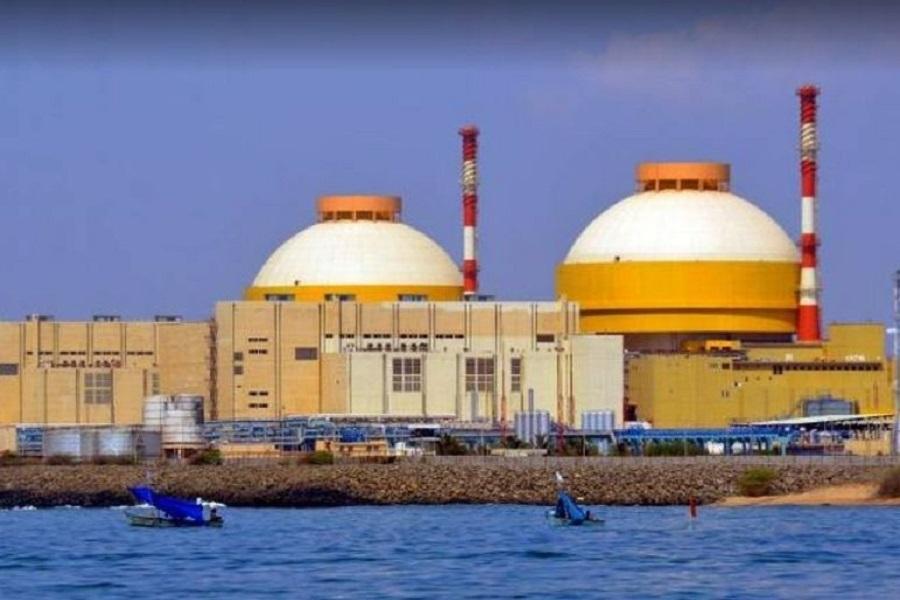
Centre Reviews 100 GW Nuclear Mission to Boost Clean Energy Goals
In a significant move towards achieving Prime Minister Narendra Modi’s ambitious target of expanding India’s clean energy basket, Union Power Minister Manohar Lal Khattar and Minister of State for Atomic Energy, Dr Jitendra Singh, convened a high-level meeting on Friday to review the 100 GW Nuclear Energy Mission. The meeting marked a significant step towards reaffirming the country’s commitment to achieving Net Zero emissions.
The 100 GW Nuclear Energy Mission was launched with the aim of increasing India’s nuclear energy generation capacity from the current 6.7 GW to 100 GW by 2031. The mission is a crucial component of the country’s plan to reduce its carbon footprint and transition to a low-carbon economy.
During the meeting, the two ministers discussed the progress made so far in achieving the targets set under the mission. They also reviewed the key directives issued by the government to ensure the successful implementation of the mission.
One of the key directives issued by the government is the allocation of ₹20,000 crore for the development of nuclear power projects in the next five years. This allocation is expected to give a significant boost to the nuclear energy sector, enabling the country to fast-track its transition to a low-carbon economy.
Another key directive is the emphasis on the development of indigenous nuclear technology. The government has emphasized the need to develop indigenous technology to reduce dependence on foreign vendors and to ensure the country’s energy security. To achieve this, the government has allocated funds for the development of indigenous nuclear reactors and for the establishment of a nuclear fuel complex.
The government has also emphasized the need for public-private partnerships to accelerate the development of nuclear power projects. The government has invited private players to participate in the development of nuclear power projects, both through the public-private partnership (PPP) model and through the joint venture model.
The government has also issued guidelines for the selection of sites for the construction of new nuclear power projects. The guidelines have been issued to ensure that the selection of sites is done in a transparent and fair manner, taking into account factors such as environmental impact, public acceptance, and technical feasibility.
The government has also emphasized the need for the development of a robust policy framework for the nuclear energy sector. The government has invited suggestions from stakeholders for the development of a comprehensive policy framework that will ensure the smooth operation of the nuclear energy sector and will promote investment in the sector.
The government has also announced plans to establish a nuclear fuel complex in the country. The complex will be used to produce nuclear fuel for the country’s nuclear power plants. The government has allocated funds for the establishment of the complex and has invited private players to participate in the project.
The review of the 100 GW Nuclear Energy Mission is a significant step towards achieving the government’s target of increasing India’s nuclear energy generation capacity. The mission is expected to play a crucial role in reducing the country’s carbon footprint and in achieving Net Zero emissions.
In conclusion, the review of the 100 GW Nuclear Energy Mission is a significant step towards achieving the government’s target of increasing India’s nuclear energy generation capacity. The mission is expected to play a crucial role in reducing the country’s carbon footprint and in achieving Net Zero emissions.






